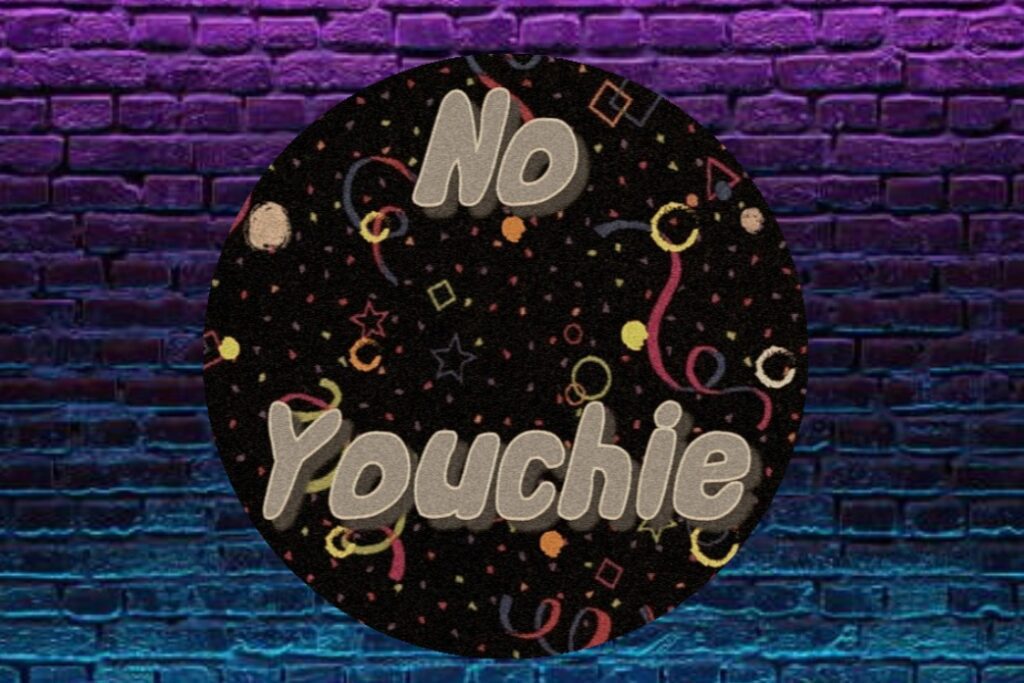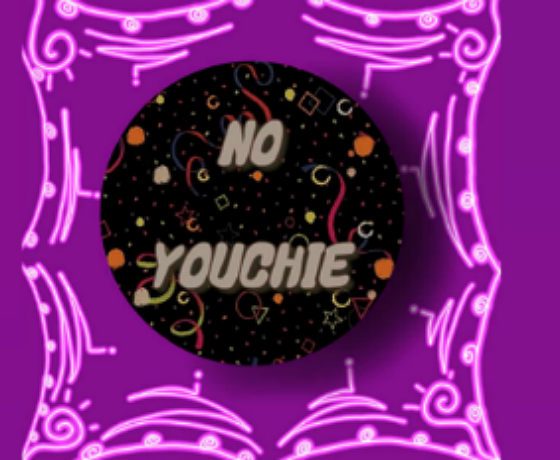Pain Cream Myth?
When you’re dealing with muscle aches or joint pain, reaching for a tube of pain cream or lotion can often feel like an immediate, comforting solution. But what goes on when you rub these substances into your skin? If you’re curious, you’re not alone. Pain relief creams have woven their way into medicine cabinets across the globe, premised on offering quick relief from discomfort.
These topicals typically contain ingredients like nonsteroidal anti-inflammatory drugs (NSAIDs), capsaicin, menthol, or even certain herbal extracts. Manufacturers claim they can temporarily dull or soothe pain, but is it all straightforward? Today, I’m going to be talking about some common beliefs surrounding these creams and why it’s essential to approach them with a touch of skepticism and a lot of knowledge.
In this article, we’re going to explore, clarify, and bust some of the longstanding myths about pain relief creams and lotions. This isn’t just about setting the record straight; it’s also about empowering you with information. After all, when it comes to health and wellness choices, you deserve nothing but the truth.
Debunking Myth #1: Pain Creams Cure the Root Cause of Pain

I’m going to cut straight to the chase: pain relief creams are fantastic for managing symptoms, but they’re not magic cures. There’s a myth that smearing on these topical treatments will address the root cause of your pain. Guess what? They don’t. Instead, they are designed to provide temporary relief, helping to ease discomfort while your body heals or as you seek additional treatment.
Active ingredients like capsaicin, menthol, or salicylates are the heroes in these creams. They distract your body with a cooling sensation or a gentle burn, diverting attention away from the throbbing pain. But let’s get one thing clear – these ingredients manage the pain signals we feel; they don’t resolve the underlying issues, like inflammation or muscle tears.
If your pain is hanging around like an unwelcome guest, it’s crucial to check in with a healthcare provider. They can help you understand what’s going on beneath the surface and provide guidance on how to tackle it. Over-the-counter creams are allies in your battle against pain, but they’re not the whole army.
Remember, pain is a signal, not the enemy. It’s your body’s way of telling you that something needs attention. So, while you’re using these creams to help quiet that signal, make sure you’re also taking steps to address what’s causing it. Now, let’s move on to another common misunderstanding about these handy helpers.
Debunking Myth #2: All Pain Relief Creams Are the Same
Now, I’m going to tackle a myth that throws a lot of people off: the idea that all pain relief creams are one and the same. There’s a buffet of options when it comes to these products, and it’s not just about flashy packaging.
Let’s start with the basics. There are several types of pain relief creams: analgesic, anti-inflammatory, and even homeopathic creams. Each one is formulated with a different purpose in mind, depending on whether you’re dealing with muscle stiffness, joint pain, or nerve discomfort.
Analgesic creams typically contain ingredients like lidocaine or capsaicin, which target your pain receptors to provide temporary relief. Meanwhile, anti-inflammatory creams often have NSAIDs (Nonsteroidal Anti-Inflammatory Drugs) that reduce swelling and inflammation, addressing the discomfort from another angle.
You might be tempted to pick a generic cream from the pharmacy shelf, thinking they’re all built the same. However, I’m here to tell you that the formulation really does matter. It’s the combination of active ingredients that targets your specific type of pain.
So the next time you’re standing in that aisle, remember to choose something that resonates with your pain type. Read the labels, research the active ingredients, and don’t be shy to ask your pharmacist for advice. It’s about finding what will work best for you.
Debunking Myth #3: Stronger Scents Equal Better Efficiency

I’m going to let you in on a little secret: when it comes to pain relief creams, a powerful scent doesn’t always mean powerful relief. Many of us have been led to believe that if you can really smell a cream, it must be working wonders on your pain. But that’s a myth, and here’s why.
Several pain relief creams boast ingredients like menthol, eucalyptus, and camphor, all of which have distinctive aromas. These scents can provide a soothing experience and may offer minor relief by creating a cooling or warming sensation on the skin.
Yet, this isn’t just about the immediate sensation. The critical factor is the active medicinal ingredients such as lidocaine, capsaicin, or NSAIDs like ibuprofen. These components interact with your body’s pain receptors or reduce inflammation, and they do their job just as well whether you smell them or not.
Don’t worry too much about the scent. Instead, when you’re looking for a pain relief cream, focus on the list of active ingredients and their concentrations. Read labels and consider the type of pain you’re experiencing—muscular, joint, nerve-based—and determine which active ingredient is best suited to provide relief.
Now, as we pivot from the myth about scents to another widespread belief, remember it’s all about informed choices. You’re going to find out about another misconception that might be affecting how you use these creams.
Debunking Myth #4: More Cream Means More Relief
Have you ever found yourself slathering on pain relief cream, thinking that if a little is good, a lot must be better? This is a common misconception that can lead to less-than-ideal outcomes. When it comes to using topical pain relievers, more isn’t always more. In fact, there are dosing guidelines recommended for a reason.
If you want to understand why layering on extra cream won’t necessarily give you extra relief, think about how your body absorbs these products. Your skin acts as a barrier and only allows a certain amount of the active ingredients to pass through. Once you’ve reached the saturation point, applying more doesn’t enhance the benefits; it could just be a waste of product or, worse, it could irritate your skin.
I’m going to let you in on a little secret: overuse can potentially cause issues. Certain ingredients in high doses, like capsaicin, which creates a warming sensation, can lead to discomfort or even burns if used excessively. It’s key to follow the instructions on the label and to use the ‘pea-size’ or ‘dab’ method of application advised by many manufacturers.
Don’t worry too much about feeling like you need to cover the entire affected area with a thick layer. Just apply a thin film as directed and give it time to work. You can always reapply after a safe interval if necessary, but your first attempt doesn’t need to be a trough of cream.
Choose something that resonates with you, but remember that how you use it is just as important as what you use. Using the right amount ensures that the cream will provide the maximum benefit without any unintended side effects. This approach not only respects your skin but also your wallet.
Conclusion: Empowering Smart Choices in Pain Management
So, we’ve tackled some of the biggest myths circulating about relief creams and lotions. From understanding that these products don’t cure the underlying causes of pain, to recognizing that not all creams are created equal, our journey has been eye-opening.

You’ve found out that the strength of a product’s scent is not a reliable indicator of its effectiveness, and that more isn’t always better when it comes to the amount you apply. These are insights that can go a long way in guiding your decisions and ensuring your safety when using topical pain relievers.
I’m here to help you make informed choices. That means looking closer at labels, understanding ingredient lists, and being mindful of how your body responds to these treatments. It’s about selecting a pain relief cream that fits your needs and using it as part of a larger pain management plan.
Don’t worry too much about choosing the ‘perfect’ cream from the get-go. You can always adjust your approach down the road. What’s crucial is taking a step back, doing your homework, and seeking advice from healthcare professionals when needed.
Choose something that resonates with you, something that offers relief without making too many unsubstantiated promises. After all, when it comes to health and wellbeing, a well-informed choice is the key to empowerment.
I really hope that you’ve benefited from this discussion on debunking myths about pain relief creams. Remember, knowledge is power, especially when it pertains to our health. Until next time, keep seeking the truth and making choices that align best with your health goals.
Please Visit me on KickStarter!
You can Also visit me at IndieGoGo!
Disclaimer: Consult a healthcare professional before starting any new pain soothing regimen. “No Youchie” is not intended to diagnose, treat, cure, or prevent any disease illness or injury.
